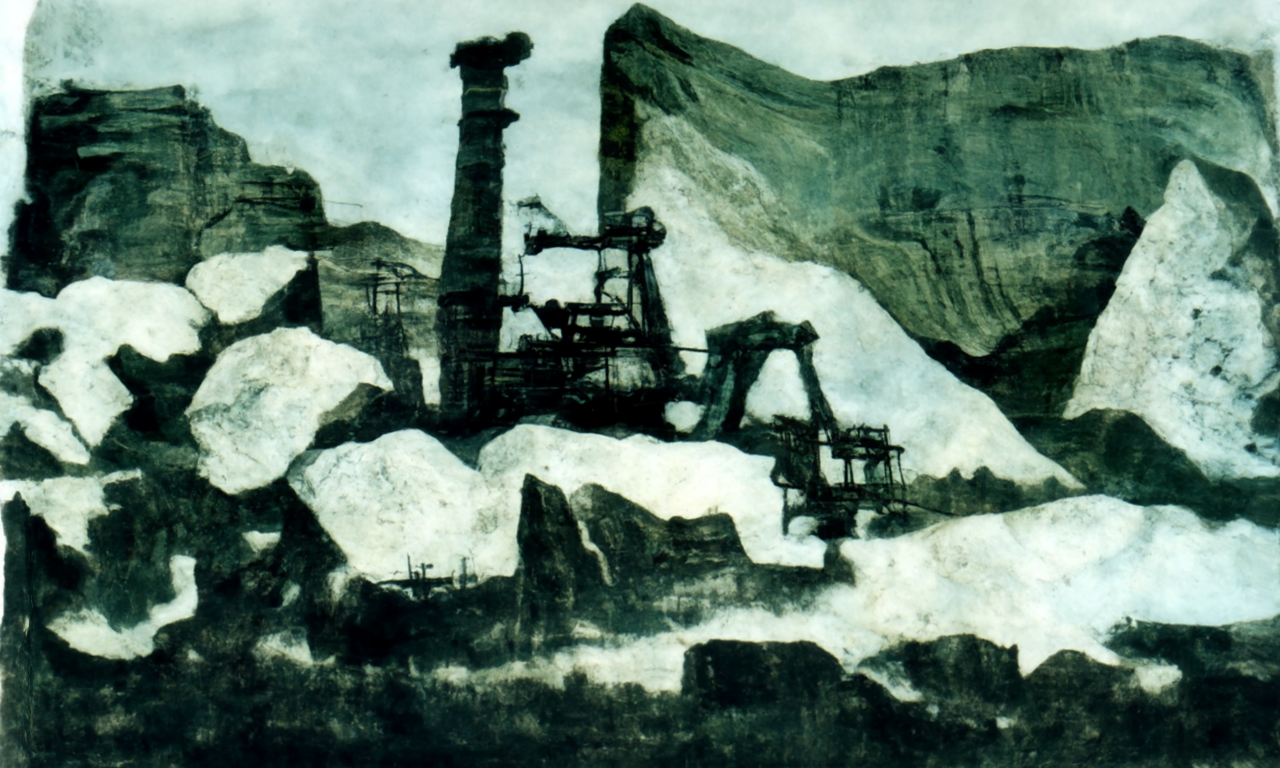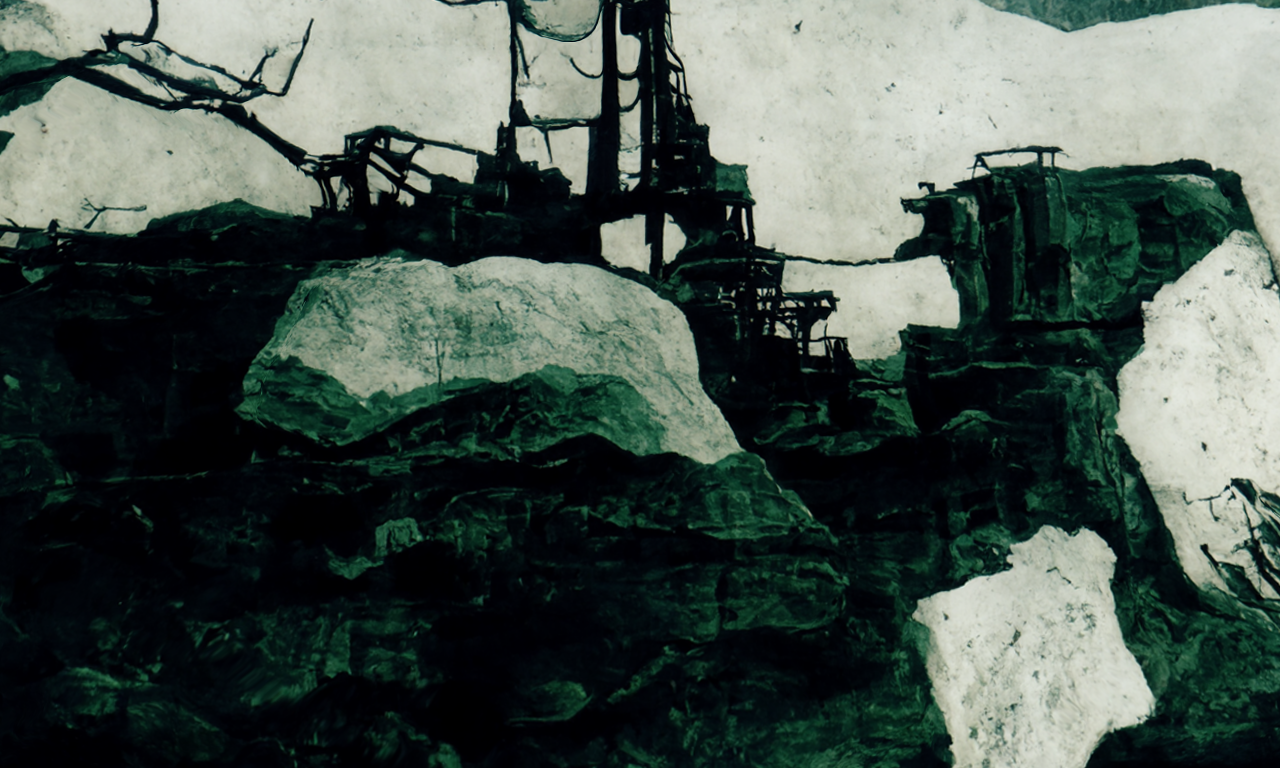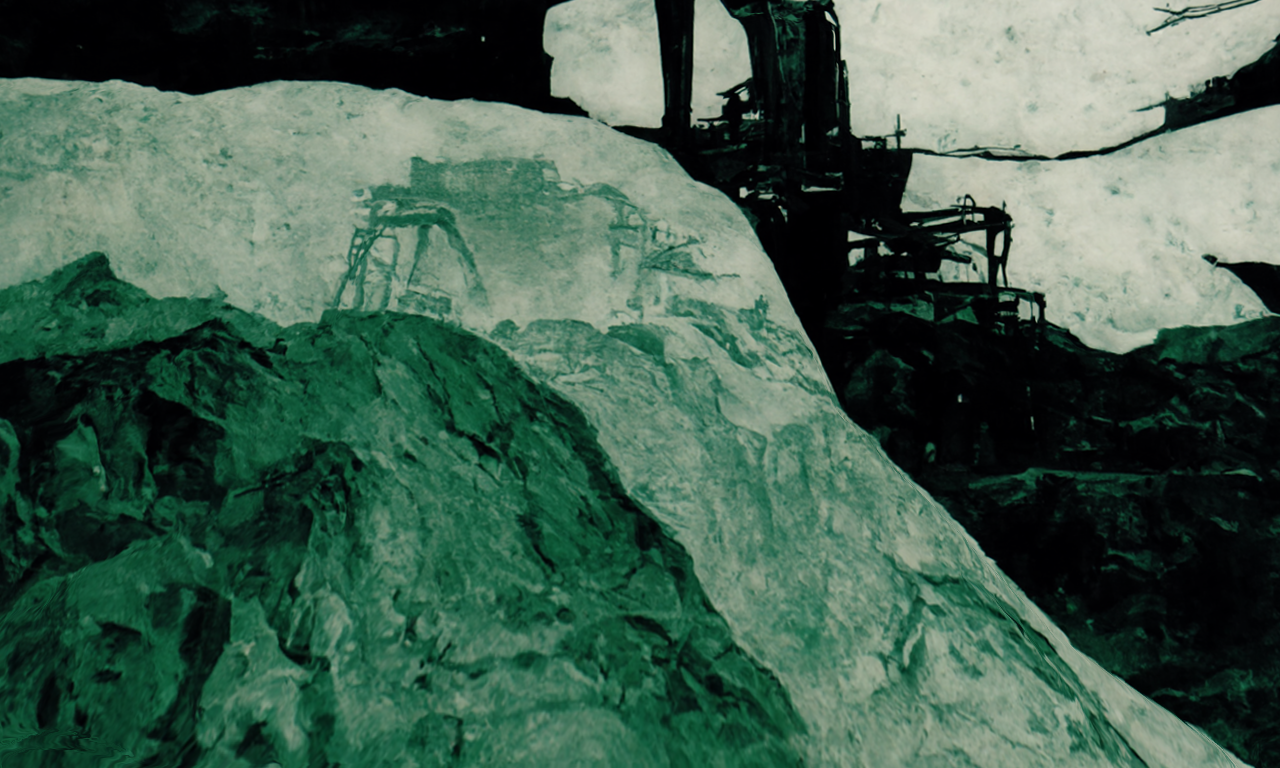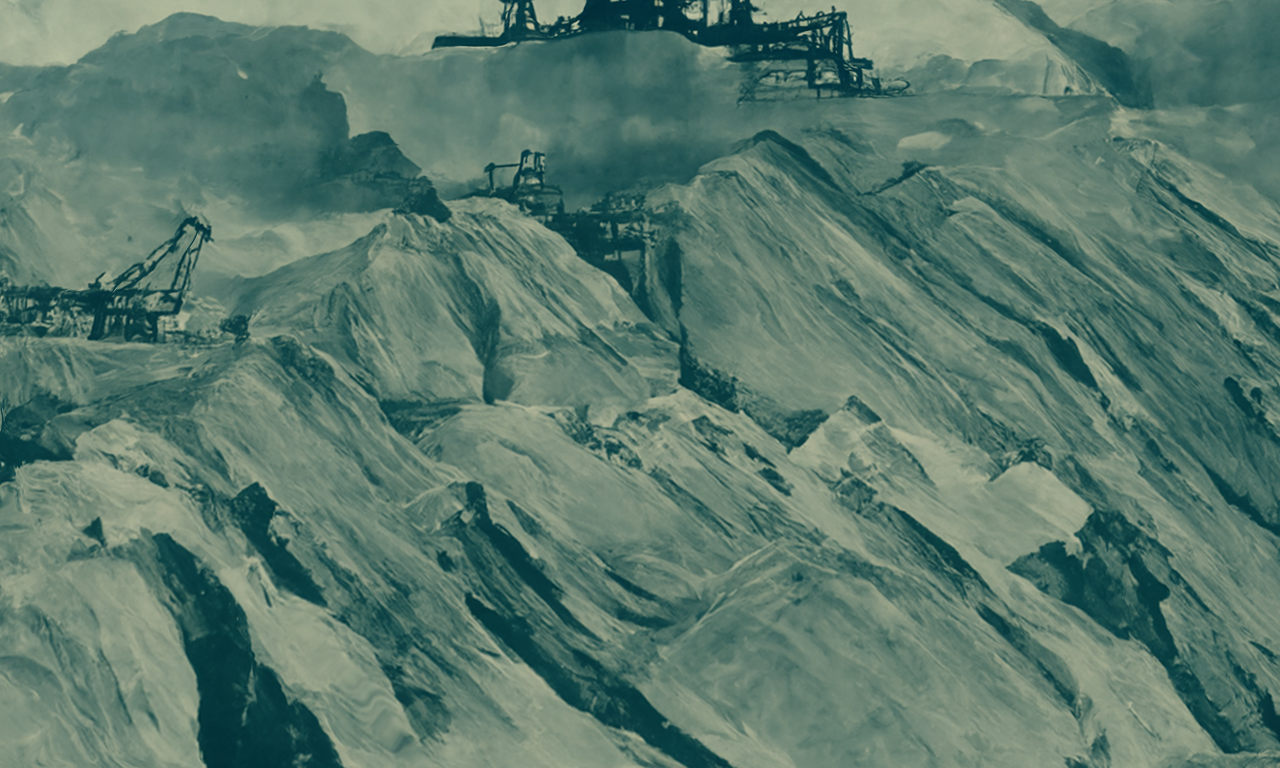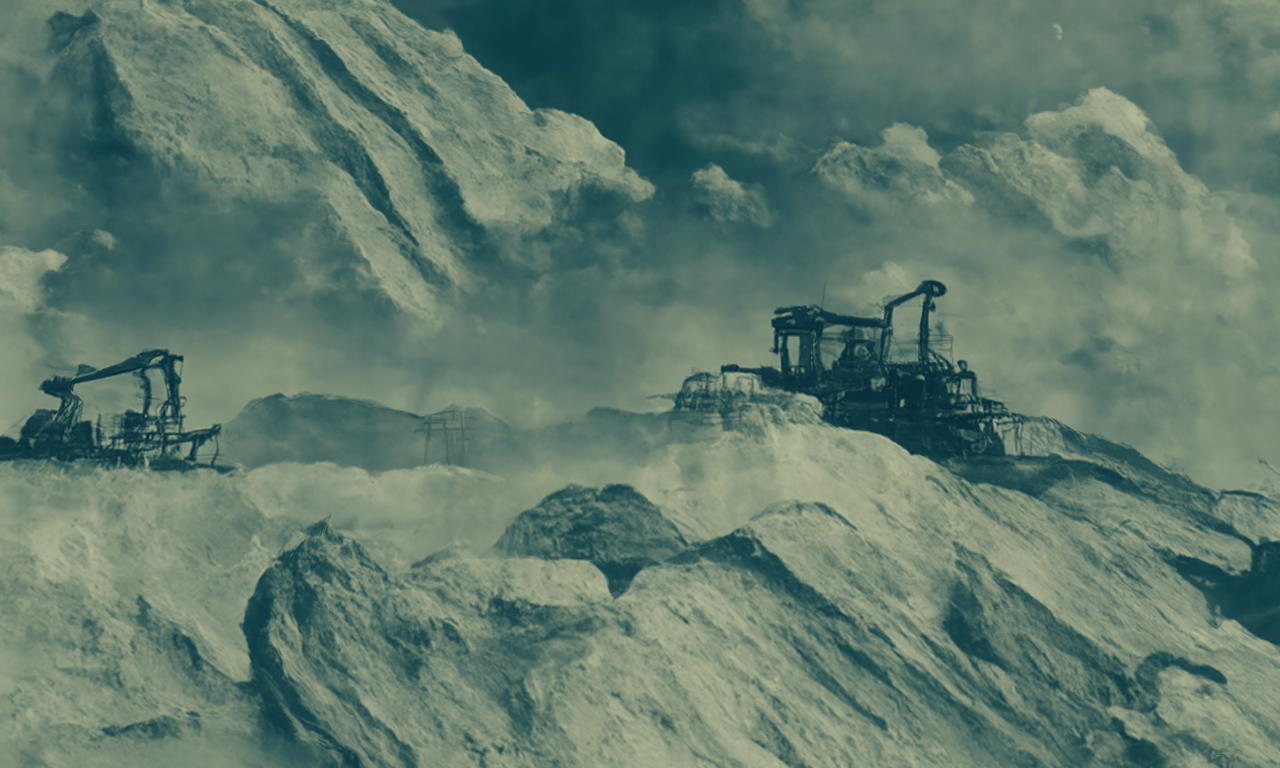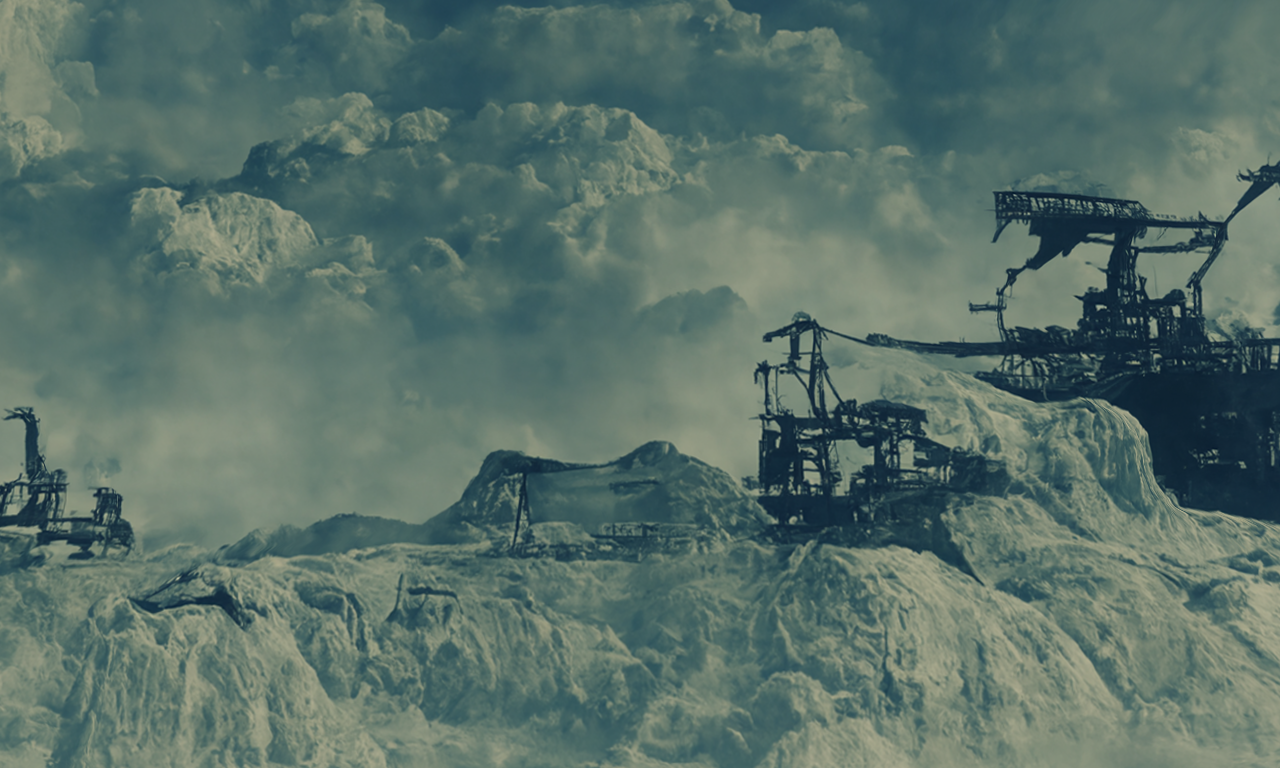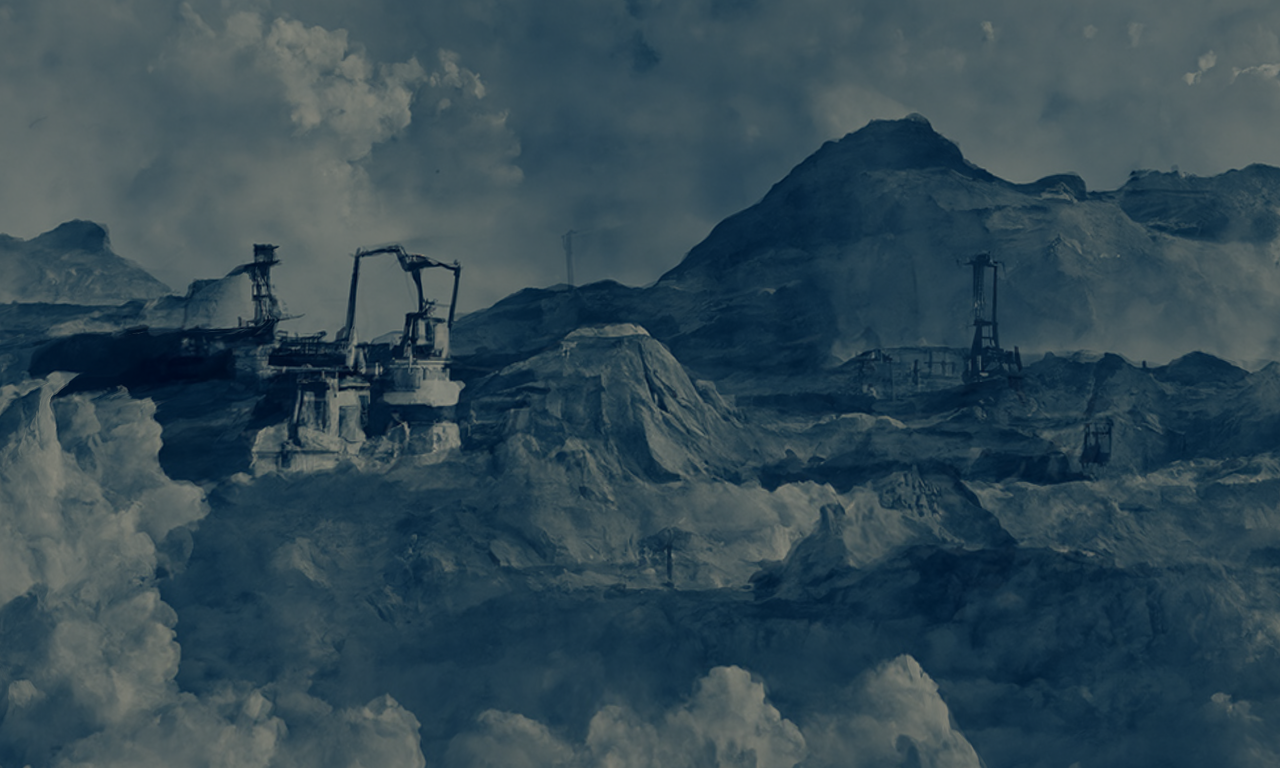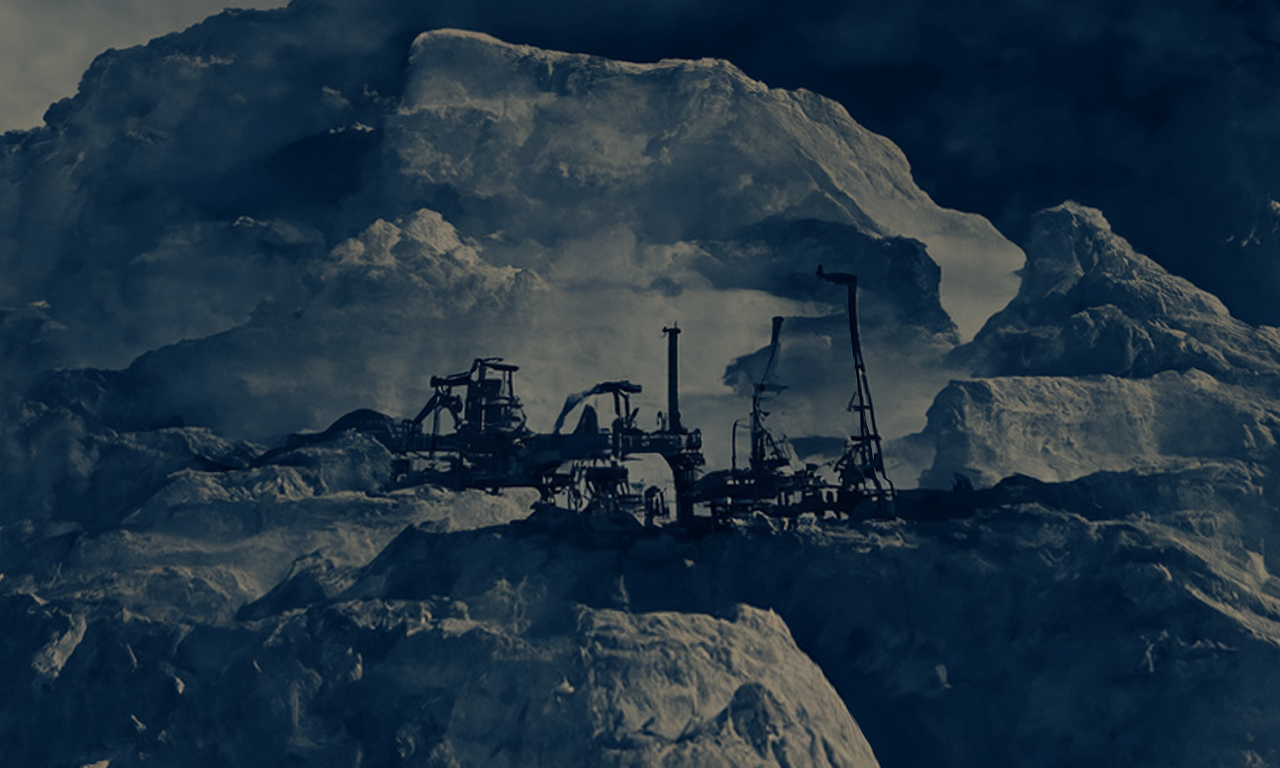Immersive Cyanotypes
Digital Painting-Based AI-Generated Video
[AI generated images based on image processing-digital painting, storyboard outlines “prompts”, AI interpolation and AI upscaling]
The recreation of cyanotypes through an algorithm and the subsequent creation of immersive experiences with these digital cyanotypes is an attempt of experimentation to bridge the gap between traditional and contemporary art forms. This approach aims to challenges the notion of what constitutes art by seamlessly blending analogue and digital techniques, blurring the lines between mediums.
Cyanotype is an analogue photographic printing process. It involves coating paper with a solution of potassium ferricyanide and ammonium ferric citrate and then exposing it to ultraviolet light. This causes the light-sensitive chemicals to react, creating a cyan-blue image. The cyanotype process was invented in 1842 by Sir John Herschel, an English astronomer, mathematician, chemist, physicist, and experimentalist.
The technical details of recreating cyanotypes with an algorithm are as follows:
Prompt storyboard [text and image] input in disco diffusion: Disco diffusion is an AI image generator that can be used to create images from text prompts. The prompt text can be used to describe the desired image, such as the subject matter, style, and color palette.
Export image sequence: Once the AI image generator has generated the image, it can be exported as a sequence of frames. This sequence of frames can then be used to create a video.
Use video interpolator: The number of frames in the sequence was short, so it was essential to use a video interpolator to multiply the frames. This would create a smoother and more immersive experience.
Before interpolation, the frames were edited in photoshop (digital painting) one by one: This was done to make the images more realistic and to add details that were not captured by the AI image generator.
At the final stage, the video output is upscaled with AI tools.
